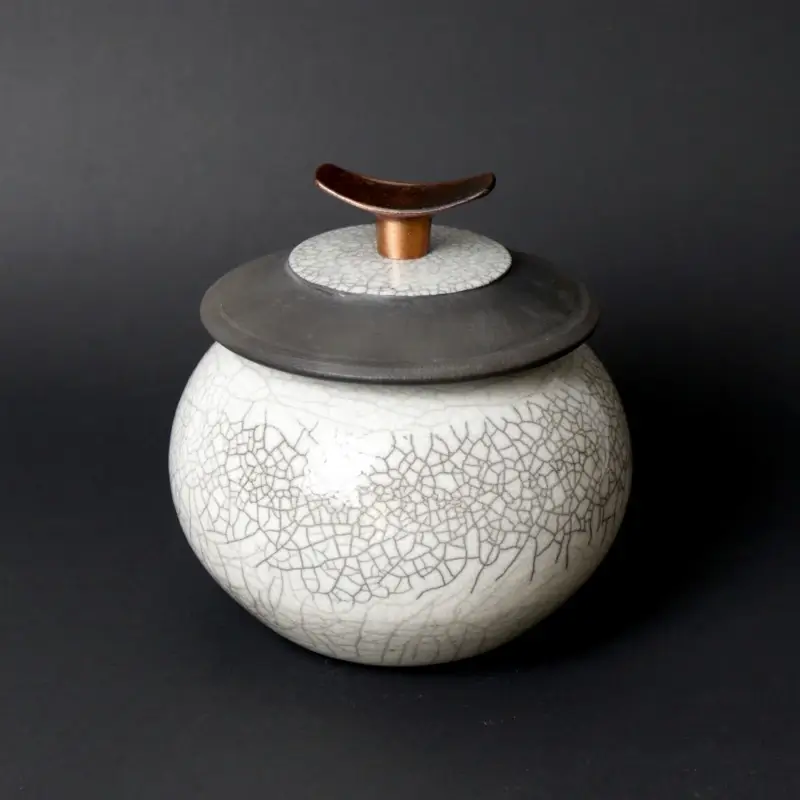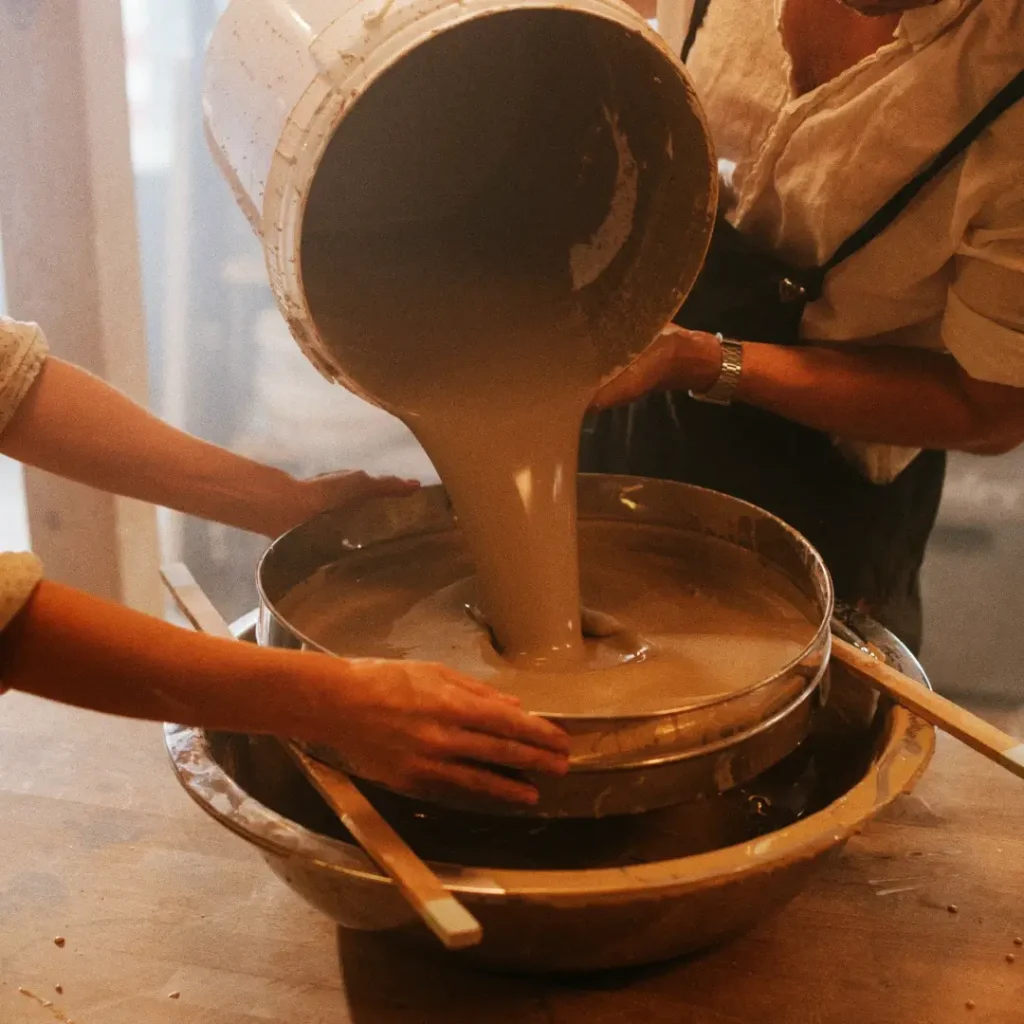Buying an Electric Kiln: Everything You Need to Know
Buying an electric kiln is a significant investment for any ceramic artist or hobbyist. This guide will help you navigate the key considerations, types, and features to make an informed decision. Ready to find the perfect kiln for your needs? Keep reading!
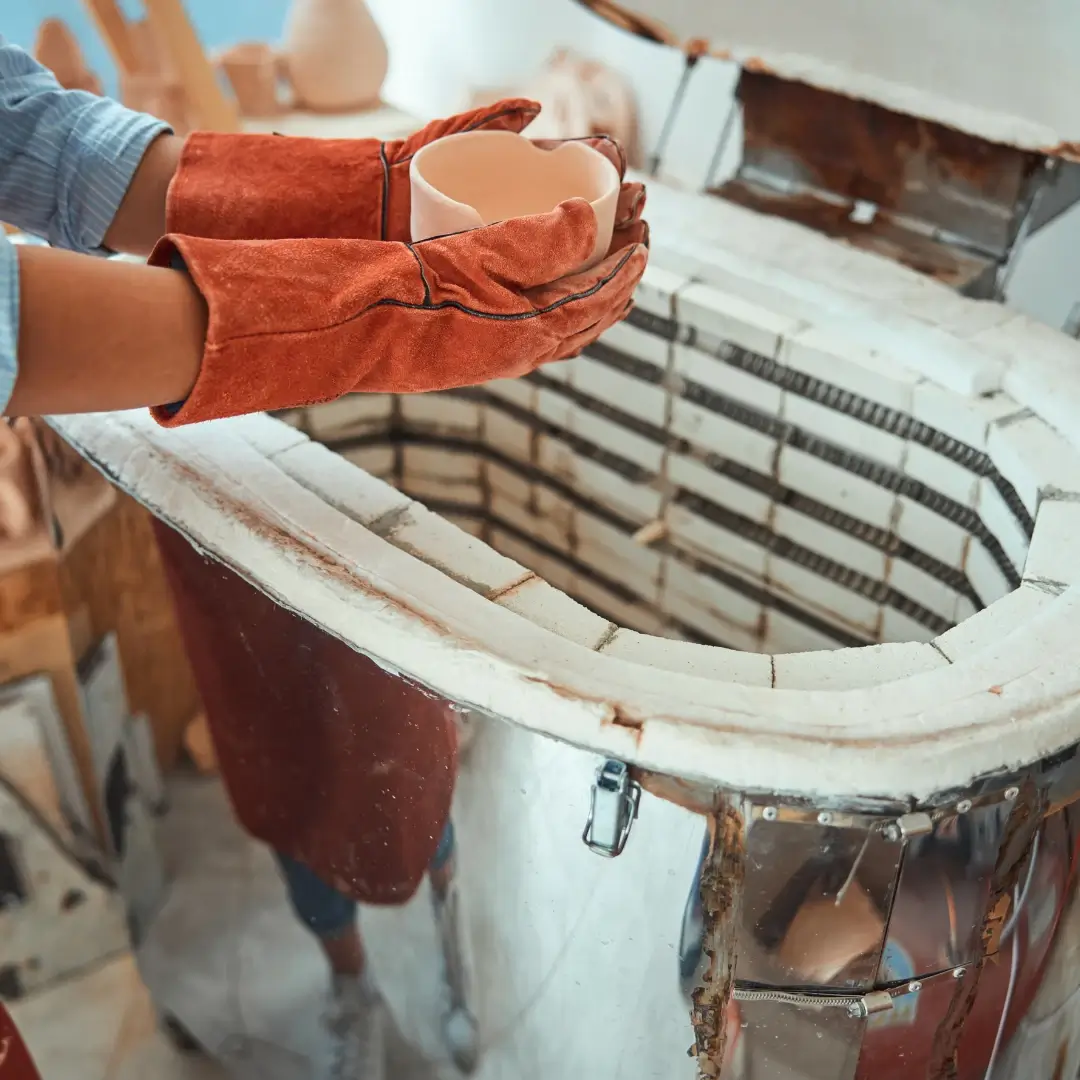
- Why Choose an Electric Kiln Over a Gas Kiln?
- Key Factors to Consider When Buying an Electric Kiln
- Finding the right electric kiln: Sizes and Capacities
- Price Ranges and Budget Considerations for Purchasing an Electric Kiln
- Key considerations for choosing the right electric kiln
- Tips for First-Time Buyers
- Maintaining and Caring for Your Electric Kiln
Why Choose an Electric Kiln Over a Gas Kiln?
When buying an electric kiln, one of the first decisions you’ll face is whether to choose an electric kiln over a gas kiln. Electric kilns offer several distinct advantages that make them a preferred choice for many ceramic artists.
Firstly, electric kilns are generally easier to install and maintain. Unlike gas kilns, they don’t require complex ventilation systems, making them more suitable for smaller studios or home use. They are also known for their precise temperature control, allowing you to achieve consistent firing results.
Another key benefit is the availability of various sizes and models, catering to both beginners and professionals. Electric kilns tend to be more energy-efficient and environmentally friendly compared to their gas counterparts. They produce less exhaust and operate quietly, creating a more pleasant workspace.
As we delve deeper into this guide, we’ll explore other pivotal factors to consider when buying an electric kiln, including understanding kiln sizes and capacities, price ranges, and choosing between top-loading and front-loading models. These insights will equip you with the knowledge needed to make the best decision for your artistic endeavors.
Key Factors to Consider When Buying an Electric Kiln
When buying an electric kiln, there are several crucial elements to keep in mind to ensure you make the right choice. Here are some key factors to consider that will help you make an informed decision:
- Temperature Range: Consider the maximum temperature the kiln can reach. Different types of clay and glazes require specific firing temperatures, so it’s essential to select a kiln that meets your artistic needs.
- Size and Capacity: The size of the kiln is directly related to the volume of work you can produce. Think about your current and future projects to determine the ideal capacity.
- Power Supply: Check the electrical requirements of the kiln. Ensure your studio or workspace can handle the voltage and amperage needed for the kiln to operate efficiently.
- Kiln Type: Decide between top-loading and front-loading kilns. Top-loading kilns are typically used for smaller items, while front-loading kilns offer easier access for larger pieces.
- Controller Type: Kiln controllers come in manual and digital versions. Digital controllers provide greater accuracy and ease of use, especially for complex firing schedules.
- Durability and Build Quality: Investing in a well-constructed kiln ensures longevity and consistent performance. Look for models made from high-quality materials that can withstand frequent use.
- Brand Reputation: Research reviews and feedback from other ceramic artists. Established brands with positive reputations often offer better customer support and reliable products.
As you continue reading, you’ll find detailed discussions on kiln sizes, price ranges, and the types of controllers available, all of which will further assist you in buying an electric kiln that suits your needs.
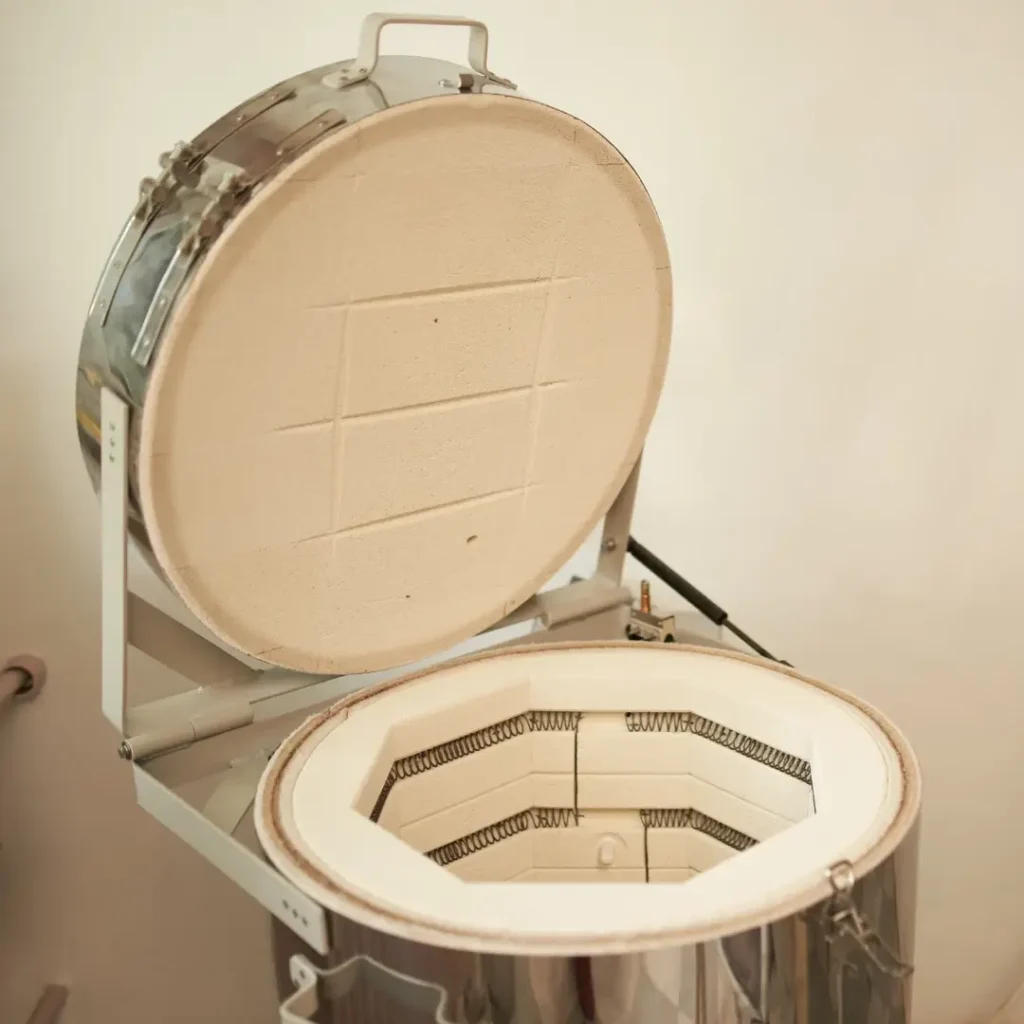
Finding the right electric kiln: Sizes and Capacities
When buying an electric kiln, understanding the various sizes and capacities available is crucial to ensuring you select the right one for your needs. Kiln size directly impacts the volume and types of projects you can complete, so it’s essential to match the kiln’s capacity to your artistic ambitions.
Electric kilns come in a range of sizes, from compact models suitable for small studios or hobbyists, to larger industrial-sized kilns for professional studios. Here are some considerations:
- Small to Medium Kilns: These are ideal for beginners or hobbyists who primarily work on smaller pieces or have limited space. They are more affordable and consume less energy.
- Large Kilns: Perfect for professional artists or larger studios, these kilns can handle bulkier items and high-volume production. They offer greater flexibility but require more space and electrical capacity.
- Depth and Width: Consider the internal dimensions of the kiln. Wider kilns can accommodate bigger pieces, while deeper kilns allow more layers of smaller pieces to be fired simultaneously.
Assessing your current and future work is essential in choosing the correct kiln size. If you anticipate scaling up your production or creating larger pieces, opting for a kiln with a larger capacity might be the best investment. As you navigate through this guide, we’ll also explore price ranges and the types of controllers available, providing you with a comprehensive understanding to aid your decision-making process.
Price Ranges and Budget Considerations for Purchasing an Electric Kiln
When buying an electric kiln, understanding the price ranges and budget considerations is crucial for making an informed decision. Investing in a kiln can be a significant expenditure, so it’s essential to align your choice with your financial capacity and project needs.
Electric kiln prices can vary greatly depending on several factors such as size, features, and brand reputation. Here are some general guidelines to help you navigate the cost landscape:
- Entry-Level Kilns: Typically range from $500 to $1,500. These are usually smaller, tabletop models, ideal for beginners or hobbyists who create smaller pieces.
- Mid-Range Kilns: These kilns can cost between $1,500 and $3,000. They offer more space and advanced features, making them suitable for serious hobbyists and small studios.
- High-End Kilns: Priced above $3,000, these kilns are generally larger and equipped with sophisticated technology. They are best for professional artists or large studios with high production volumes.
It’s also important to factor in supplementary costs when budgeting for your purchase. Consider expenses such as installation (which might involve modifying your electrical setup), maintenance, and consumables like shelves and posts.
Additionally, keep an eye out for potential financing options or used kilns in good condition, which can provide substantial savings. As you move forward, we will also discuss different types of kiln controllers and energy efficiency considerations, helping you make a well-rounded decision when purchasing an electric kiln.
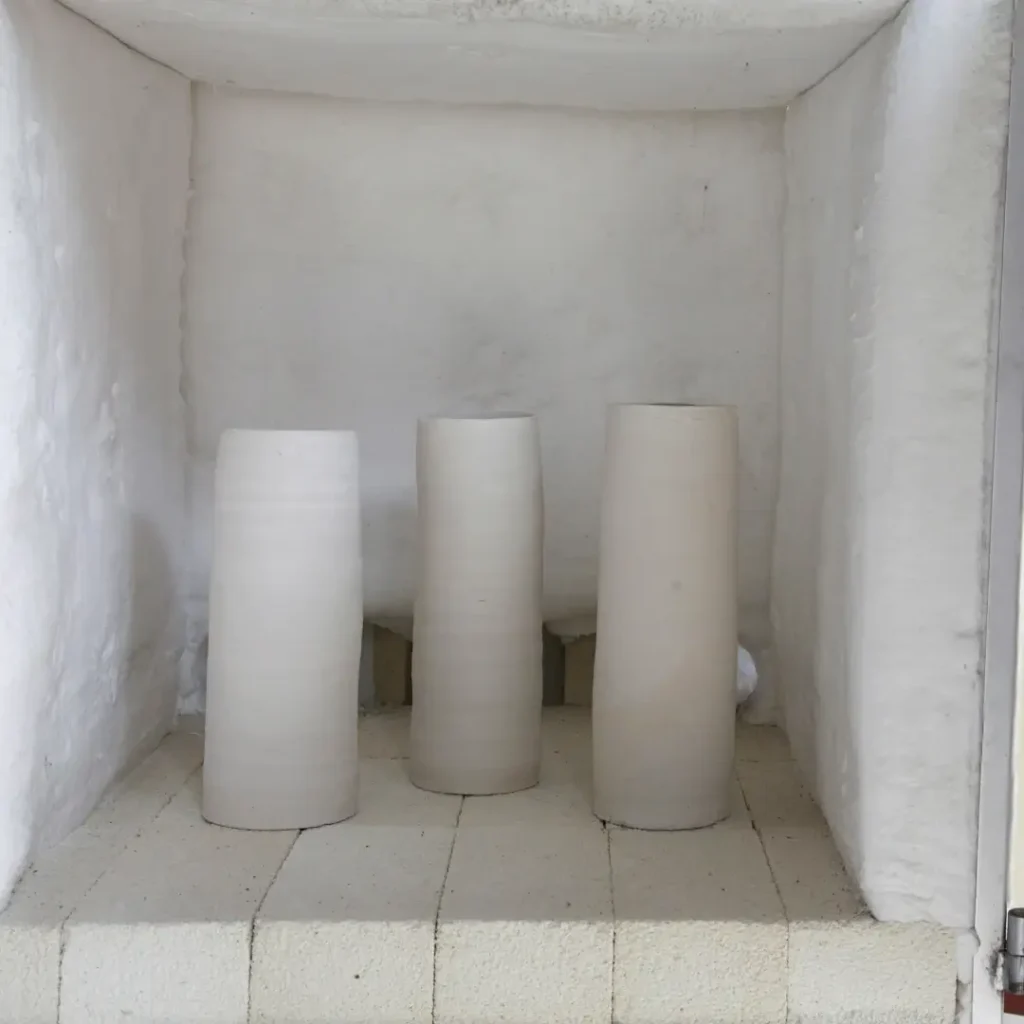
Key considerations for choosing the right electric kiln
Types of Electric Kilns: Top-Loading vs. Front-Loading
When choosing an electric kiln, one of the essential decisions is choosing between a top-loading and a front-loading kiln. Each type has its advantages and considerations, making it crucial to understand which one suits your needs best.
Top-Loading Kilns are generally preferred for their simplicity and efficiency. They open from the top, making them easier to load and unload, especially for smaller items. These kilns are usually cylindrical and compact, making them ideal for hobbyists and small studios. The design often makes them more affordable and practical for those who work with smaller pieces.
- Advantages:
- Compact and space-saving design
- Generally more affordable
- Easy to load smaller items
- Considerations:
- May be difficult to load larger or heavy pieces
- Not ideal for those with back problems due to the bending required
Front-Loading Kilns, on the other hand, open from the front, similar to an oven. This design allows artists to easily access and arrange their work inside the kiln, making them suitable for larger or more complex pieces. They are often used in professional studios and by artists who need more significant capacity and versatility in their kiln operations.
- Advantages:
- Easy access for loading and unloading
- Better for larger or heavier pieces
- More versatile in arranging items inside
- Considerations:
- Generally more expensive
- Requires more space
Choosing between a top-loading and a front-loading kiln depends on your specific needs, studio space, and the type of work you produce. As we continue, we will look into kiln controllers and energy efficiency, providing further insight to guide you in finfing the best electric kiln to buy that fits your requirements perfectly.
Kiln Controllers: Manual vs. Digital
When buying an electric kiln, the type of controller you choose is a critical decision. Kiln controllers regulate the firing process and can significantly impact the ease of use and precision of your kiln operations. There are two main types of kiln controllers: manual and digital.
Manual controllers are basic and straightforward, often involving a series of dials or switches to control the kiln’s temperature. These controllers require more hands-on attention as you must manually adjust the settings throughout the firing process.
- Advantages:
- Cost-effective
- Easy to repair or replace
- Simple design, less prone to technical issues
- Considerations:
- Requires constant monitoring
- Less precise temperature control
- Higher risk of human error
Digital controllers offer a higher level of precision and convenience, using computerized settings to manage the firing schedule automatically. These controllers can store multiple firing programs, adjust temperatures in stages, and often come with safety features like auto-shutoff.
- Advantages:
- Precise temperature control
- Convenience of automatic firing schedules
- Ability to store multiple programs
- Considerations:
- Higher initial cost
- Potential for technical malfunctions
- May require professional repairs
Your choice between manual and digital controllers will depend on your specific needs, budget, and how much control you wish to have over the firing process. As you continue learning about buying an electric kiln, we’ll discuss energy efficiency and electrical requirements, further helping you make an informed decision.
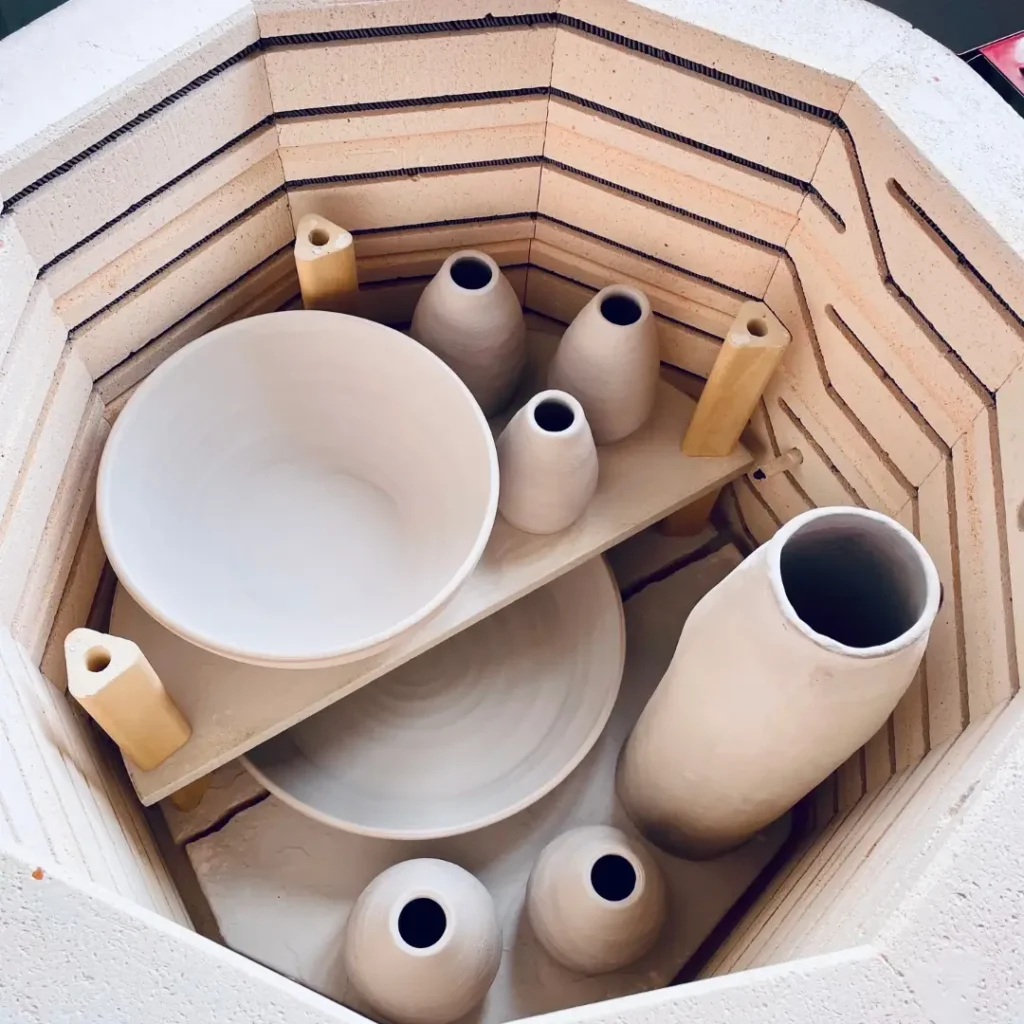
Energy Efficiency and Electrical Requirements
When buying an electric kiln, understanding its energy efficiency and electrical requirements is crucial to ensure that it fits your workspace and doesn’t lead to unexpected costs. Here are several key points to consider:
Energy Efficiency:
- Insulation Quality: A well-insulated kiln retains heat better, reducing the energy needed to reach and maintain high temperatures. Look for kilns with high-quality firebrick or rigid fiber insulation.
- Programmable Controllers: Digital controllers can optimize firing schedules, turning the kiln on and off at precise intervals to save energy. This ensures consistent results while being energy-efficient.
- Size Considerations: Larger kilns typically consume more energy, so it’s important to choose a size that matches your production needs without excessive energy waste.
Electrical Requirements:
- Voltage and Amperage: Electric kilns come in different voltage and amperage ratings. Ensure your studio or workspace has the electrical capacity to support the kiln. Common ratings are 120V for smaller kilns and 240V for larger models.
- Dedicated Circuit: It is advisable to have a dedicated electrical circuit for your kiln to prevent overloading your electrical system. This helps avoid tripping breakers and potential electrical hazards.
- Proper Wiring: Make sure your wiring meets the specifications required by the kiln manufacturer. This may involve consulting an electrician to ensure safe and efficient operation.
Investing in an energy-efficient kiln not only reduces operating costs but also contributes to a more sustainable practice. As you continue reading, you’ll find tips for first-time buyers to further help you in buying an electric kiln that’s perfect for your needs.
Tips for First-Time Buyers
If you’re buying an electric kiln for the first time, the process can feel overwhelming. Here are some essential tips to help you make a well-informed decision:
- Research Thoroughly: Take your time to explore different kiln models and brands. Read reviews and seek recommendations from other ceramic artists to find a kiln that meets your needs.
- Set a Budget: Determine how much you’re willing to spend, including potential additional costs such as installation and maintenance. Stick to your budget to avoid overspending.
- Consider Your Space: Ensure you have enough room in your studio or workspace for the kiln you plan to buy. Measure the space and compare it with the kiln’s dimensions to avoid surprises.
- Start Small: As a beginner, it’s wise to start with a smaller kiln. This allows you to learn the basics without making a significant investment upfront.
- Understand Electrical Requirements: Make sure your electrical setup can handle the kiln’s voltage and amperage. If necessary, consult an electrician to assess and update your wiring.
- Learn About Safety: Familiarize yourself with kiln safety practices, such as proper ventilation and safe loading techniques. Always follow the manufacturer’s guidelines to prevent accidents.
- Plan for Maintenance: Regular maintenance is key to ensuring your kiln’s longevity. Learn about common maintenance tasks, such as cleaning the kiln and checking for wear and tear.
Following these tips can make your first kiln-buying experience smoother and more enjoyable. As you continue reading, you’ll find valuable information on how to maintain and care for your kiln, ensuring it serves you well for years to come.
Maintaining and Caring for Your Electric Kiln
After buying an electric kiln, proper maintenance and care are essential to ensure longevity and optimal performance. Here are some tips to help you keep your kiln in top condition:
- Regular Cleaning: Clean the kiln interior periodically to remove kiln wash buildup, debris, and glaze drips. Use a vacuum or a soft brush to clean the elements and shelves gently.
- Inspect Elements and Bricks: Regularly check the heating elements and bricks for any signs of wear or damage. Replace elements that show significant wear or cracks to maintain consistent firing results.
- Calibrate Controllers: Ensure that your kiln’s digital controller is calibrated correctly. Periodically check the controller settings and recalibrate if necessary to maintain temperature accuracy.
- Ventilation: Proper ventilation is crucial for safe kiln operation. Ensure your kiln room or studio is well-ventilated to disperse fumes and maintain a safe environment.
- Store Shelves and Posts Properly: When not in use, kiln shelves and posts should be stored in a dry, clean area to prevent damage and contamination.
- Preventative Maintenance: Schedule regular maintenance checks, especially if you’re using your kiln frequently. Early identification of potential issues can prevent expensive repairs in the future.
- Safety First: Always follow the manufacturer’s safety guidelines. Use protective gear when loading and unloading the kiln, and ensure all materials are rated for the kiln’s maximum temperature.
By following these maintenance tips, you’ll extend the life of your kiln and achieve consistent, high-quality firing results. Proper care not only protects your investment but also enhances your overall ceramic artistry experience.
Introduction to Glazing: A Final Touch of Beauty in Ceramics
Engobe: The ceramic technique that will give life to your pieces.
